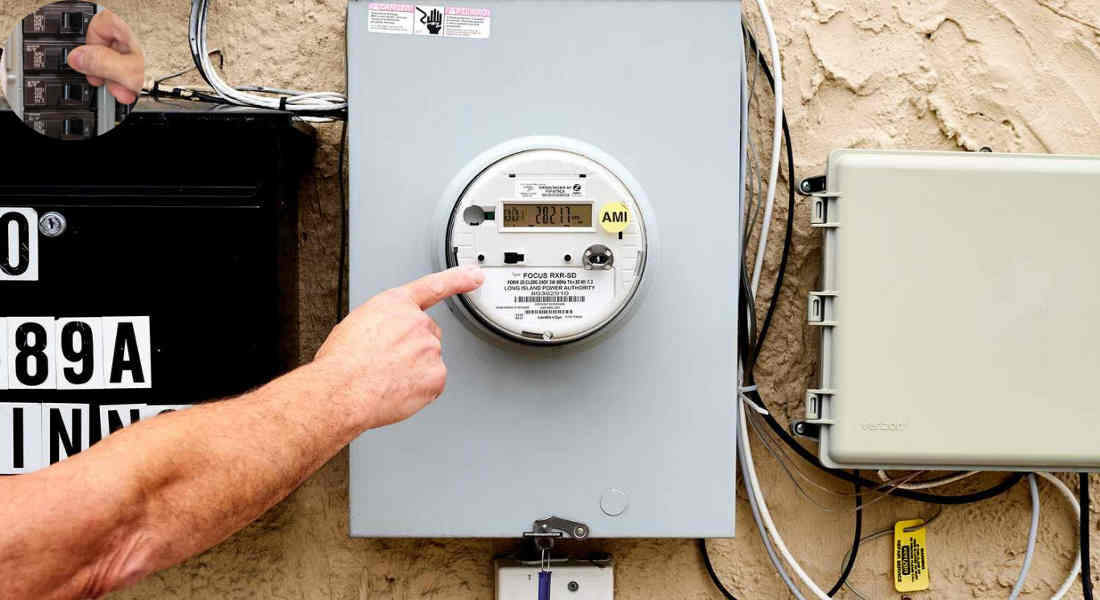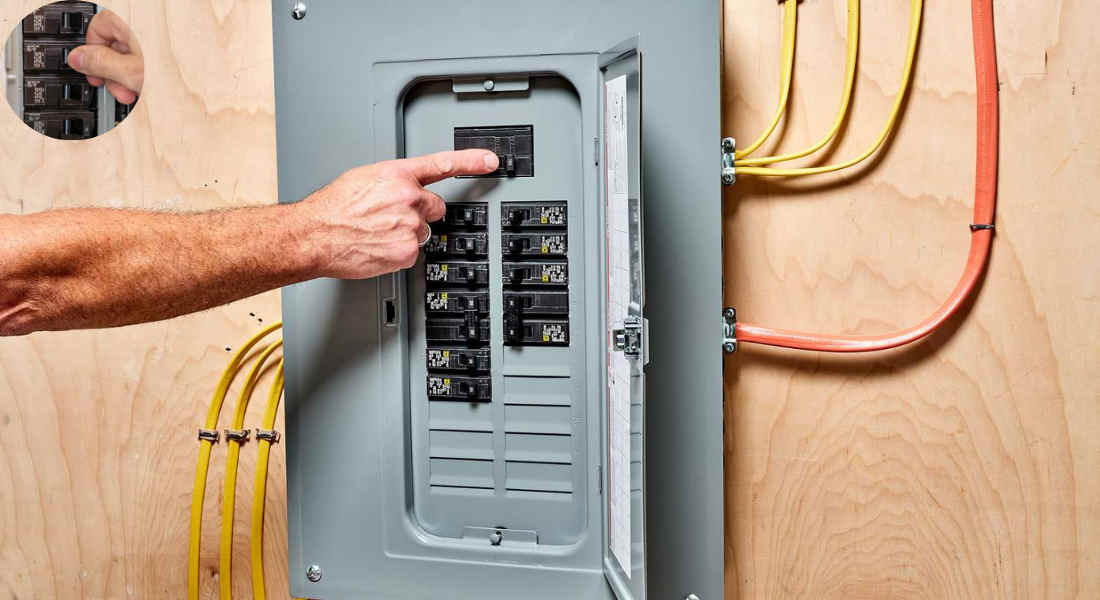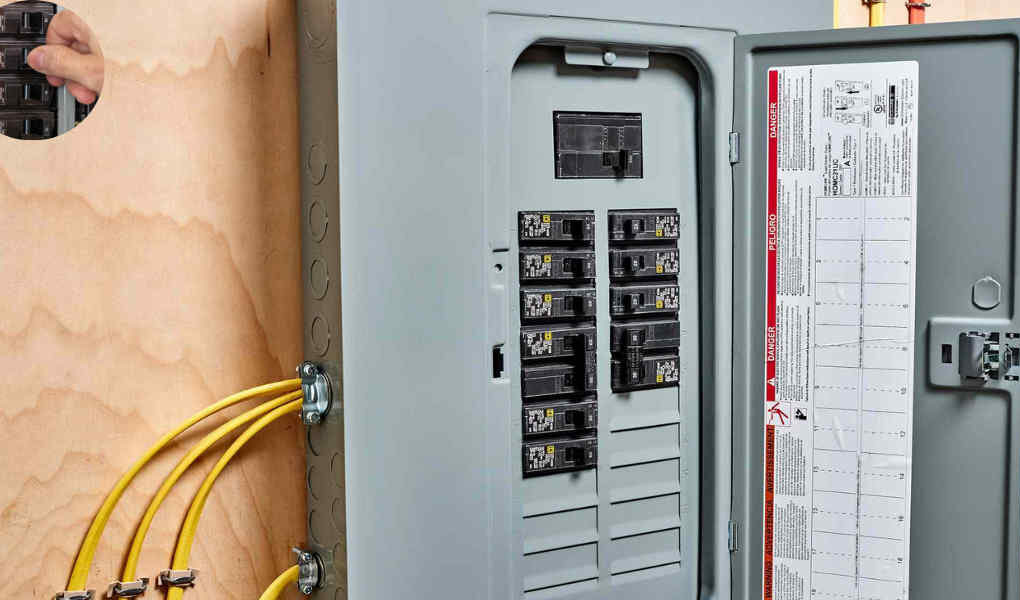Understanding the average amperage in your home is essential for ensuring your electrical system can safely and efficiently handle the demands of your appliances and devices. Amperage, measured in amps, represents the volume of electricity flowing through your home’s wiring, and it varies widely depending on factors such as the size of your home, the number and type of electrical appliances, and the age of your electrical system. Most modern homes in the United States typically have a service panel rated between 100 and 200 amps, with 100 amps often being the minimum recommended for small to medium-sized houses, and 200 amps common in larger or newer constructions to accommodate higher power needs, including electric heating, HVAC, and EV chargers. Older homes may have lower amperage ratings, sometimes as low as 30 or 60 amps, which can be insufficient for today’s electrical demands. Knowing your home’s average amperage helps you avoid circuit overloads, plan for future upgrades, and maintain a safe electrical environment.
What is Average Amperage, and How is it Measured?
Average amperage refers to the amount of electrical current flowing through your home’s wiring system over some time. Understanding how much power your household appliances and devices require is crucial.
To measure average amperage, you typically use an ammeter, which can be digital or analogue. This device captures the flow of electrons in circuits, providing insights into consumption levels.
Electricity is measured in amps (A), and each circuit in your home has a designated amperage rating. Common ratings range from 15 to 20 amps for general circuits.
Understanding these measurements helps homeowners manage their energy usage effectively. It also ensures that your electrical system operates safely without overloads or failures.
The Importance of Knowing Your Home’s Average Amperage
Understanding your home’s average amperage is crucial for safety and efficiency. It serves as a foundational gauge of your electrical system’s performance.
If you exceed the recommended amperage, it can lead to overheating wires or tripped breakers. Knowing your limits helps prevent these issues before they escalate into costly repairs or hazardous situations.
You can identify power-hungry devices and make adjustments to save on electricity bills.
This knowledge is particularly important in an era where smart home technology is becoming more common. Each new device adds to your overall load; being informed allows for smarter decisions regarding upgrades or replacements.
Understanding this aspect of your home empowers you when discussing potential improvements with electricians or contractors. You’re equipped with information that could guide necessary wiring or service capacity changes.
You may also read (how to fix power surges in your home).
Common Electrical Problems Caused by High Amperage
High amperage can lead to several electrical issues in your home. One major problem is overheating wires. When too much current flows through, it generates excess heat. This can damage insulation and increase the risk of electrical fires.
Frequent tripped circuit breakers are another consequence. These safety devices react to excessive amperage by shutting off power, interrupting your daily activities. High amperage could be the culprit if you find yourself resetting breakers often.
Motors and components work harder than intended, leading to premature wear and tear.
Flickering lights often signal an underlying issue with amperage as well. Sudden drops or spikes in electric flow may cause bulbs to dim unexpectedly or buzz annoyingly.
Awareness of these problems helps maintain a safe and efficient home environment while ensuring all systems run smoothly without unnecessary interruptions or hazards.
Ways to Reduce Your Home’s Average Amperage
Reducing your home’s average amperage can save energy and increase safety. Start by identifying energy-hungry appliances. Consider replacing older models with energy-efficient options that consume less power.
Next, utilize smart power strips for electronics. These devices cut off power when not in use, preventing phantom loads that can inflate amperage readings.
This ensures everything operates optimally and addresses any wiring issues before they become bigger problems.
Consider adding insulation in areas like attics or walls. Proper insulation reduces heating and cooling demands, thereby lowering overall electricity consumption.
Explore alternative energy sources such as solar panels. Harnessing sunlight can significantly decrease reliance on your grid supply and reduce average amperage usage over time.
You may also read (how to decide if flooring should match throughout your home).
Hiring an Electrician: When to Consider Upgrading Your Electrical System
When it comes to your home’s electrical system, knowing when to call in a professional is crucial. If you’re experiencing frequent tripping of circuit breakers or overheating outlets, these can indicate that your average amperage may exceed safe levels.
Upgrading your electrical system might also be necessary if you’ve added new appliances or expanded living spaces. Modern homes often require more power than older systems can handle efficiently.
If you suspect your wiring is outdated or not functioning properly, consulting a licensed electrician is the best action. They can assess your current setup and provide recommendations tailored to your needs.
An upgrade could enhance safety and improve energy efficiency across the board. Don’t overlook the importance of having a reliable electrical system—your home’s comfort depends on it.
You may also read (how do you wire a generator to your house).




